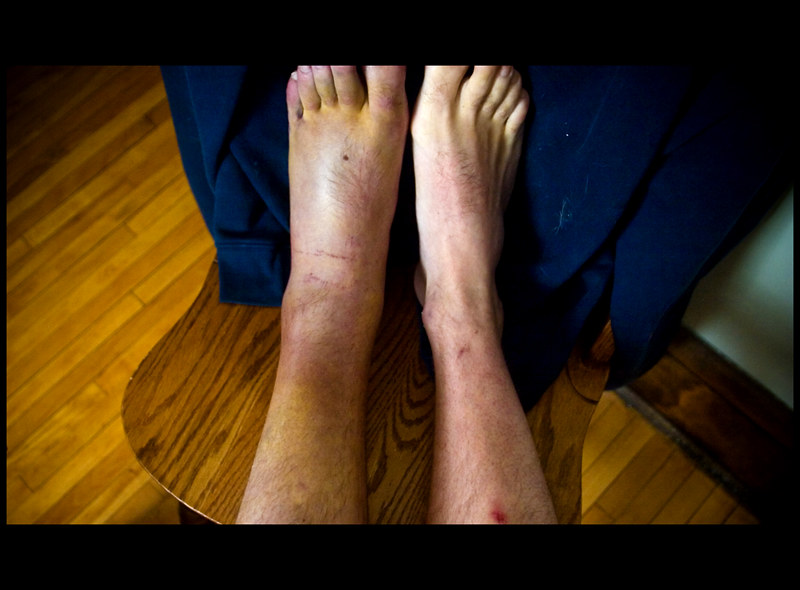An ankle injury can significantly impact your mobility and quality of life. Whether you’ve undergone ankle replacement, tendon and ligament repair, or bone and joint surgery, understanding the recovery process is key to regaining strength and function. Here are some practical steps to help you on the road to recovery after ankle surgery.
Following Post-Surgery Instructions
Following the discharge instructions for your ankle injury is key to recovery. Take medications as prescribed to manage pain and prevent infection. Avoid putting weight on the injured ankle until your doctor approves. Use ice and elevate the ankle as directed to reduce swelling and promote healing.
Ignoring the guidance of your care team can delay your progress and may lead to complications. Keeping in regular communication with your specialist can help confirm that you stay on the right track. Your doctor and care team is there to support you through every step of recovery.
Giving Your Ankle Proper Rest
Rest is a fundamental part of post-surgery recovery. Avoid excessive movement of your ankle during the early stages, as overactivity can strain the healing tissues. Follow your doctor’s specific instructions to encourage optimal healing. If you’re using assistive devices like crutches or a knee scooter, make sure they are adjusted properly for safe use. Commit to scheduled follow-ups with your doctor to monitor healing progress. During this time, they may introduce gradual weight-bearing exercises or mobility aids to help you transition safely.
Focusing on Nutrition and Hydration
Your diet affects how your body heals and recovers. Include a variety of nutrient-rich foods in your meals, such as lean proteins, whole grains, fruits, and vegetables. Lean proteins like chicken, fish, eggs, and legumes help build and repair tissues. Whole grains provide sustained energy and fiber to keep your body functioning well. Fruits and vegetables contain vitamins, minerals, and antioxidants that reduce inflammation and promote cellular repair. Staying hydrated helps transport nutrients to your cells and flush out waste, aiding recovery.
During this time, it’s also best to avoid smoking and excessive alcohol consumption. These habits can weaken your immune system, interfere with tissue repair, and slow your body’s healing process. Making these dietary and lifestyle adjustments gives your body the tools to recover efficiently and effectively.
Managing Pain and Swelling
Pain and swelling are common after ankle surgery, but there are ways to alleviate discomfort. Use prescribed medications to control pain, and follow your doctor’s instructions for icing or elevating the treated area. Ice packs can help reduce inflammation when applied at regular intervals. Keep an eye on any unusual symptoms, such as excessive swelling, redness, or heat around the ankle, as these could be signs of infection. Contact your doctor immediately if you notice anything concerning.
Supporting Your Ankle Injury Recovery
Ankle surgery recovery is a gradual process that requires time and care. Keep in mind that some stiffness or soreness might persist for several months. Stay committed to your follow-up appointments to track progress and address concerns. If you encounter difficulties along the way, don’t hesitate to contact your care team for advice. They can provide tailored recommendations to resolve issues and keep you moving forward.
- TimesHealthMag Fitness Workouts For Women – Burn Fat & Build Strength!
- Exploring the Essential Tools Behind Today’s Advanced Dental Procedures
- How To Choose the Right Gastroenterologist for Your Needs
- Exploring the Role of Stem Cell Injections in Regenerative Medicine
- Exercises to Relieve Elbow Pain and Improve Flexibility


Leave a Reply